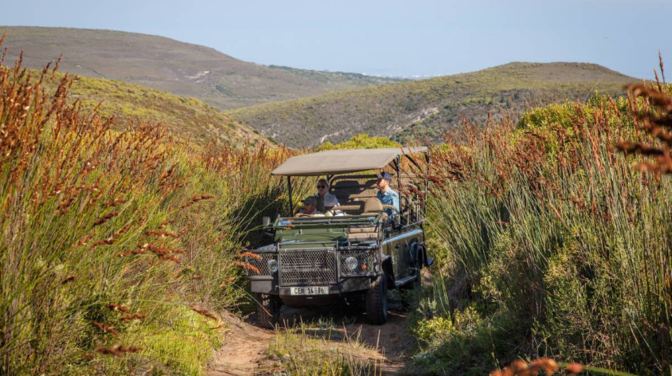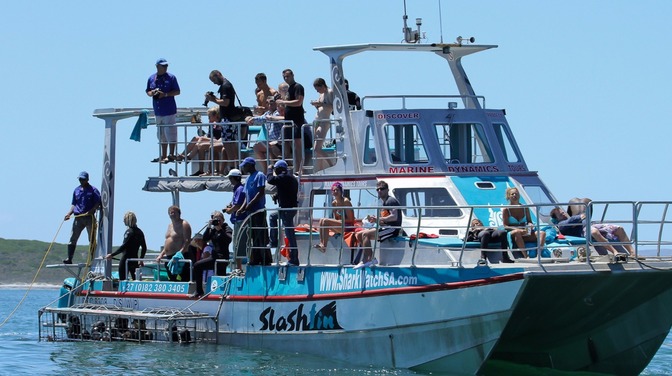Select a category
Elim History › Elim Mission Station
Elim - The Oldest Village in the Strandveld
The historic mission settlement of Elim, situated between Gansbaai and Bredasdorp, has in recent years also become the portal to the newest and southernmost wine route on the African continent - the Elim Wine Ward.
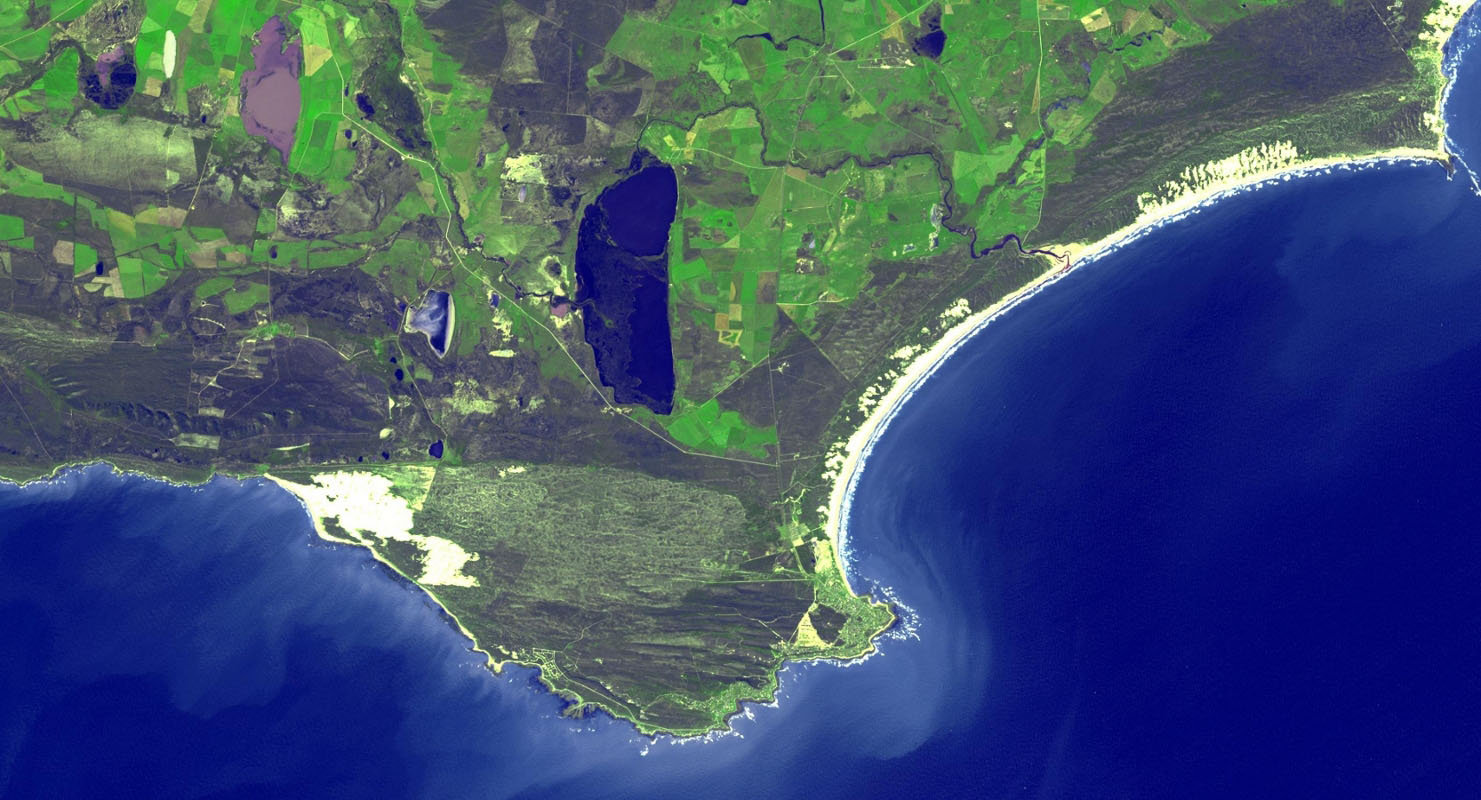
Image: Map showing the fertile wine farms around the southern tip of Africa
Richly steeped in history, this quaint oldest village in the Strandveld boasts an extraordinary array of treasures and the rarest fynbos species in the world. Here you will find the beautiful Moravian Mission Church, the traditional Elim Brass Band and the church clock that dates back some 240 years and nonetheless still keeps good time in a village where time seems to stand still.
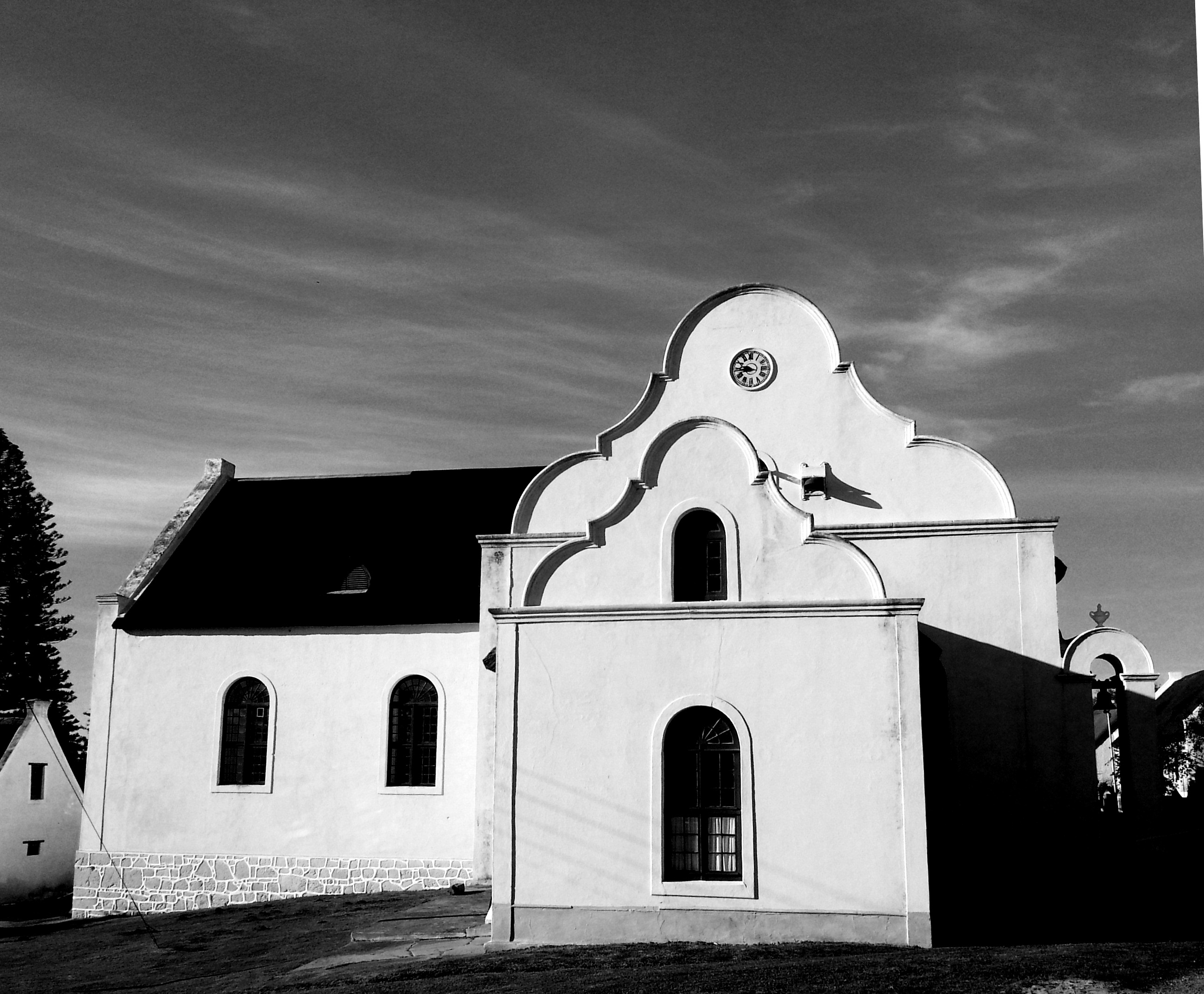
Image: Old black and white picture of Elim Moravian Mission Church
Elim was founded by Moravian missionaries in 1824 and was largely inhabited by members of the Moravian Church. Aptly named after the biblical Elim where the Israelites set up camp next to "twelve wells of water, and threescore and ten palm trees", Elim is still a paradise of lush green fruit trees, lawns and flowering fynbos accentuating the charming whitewashed cottages that flank the main road. Most of these buildings date back to the nineteenth century and thus the entire village has been declared a National Heritage Site. Visitors can explore the historical monument built to commemorate the freeing of the slaves in 1834, as well as one of the last working water mills in the Cape.

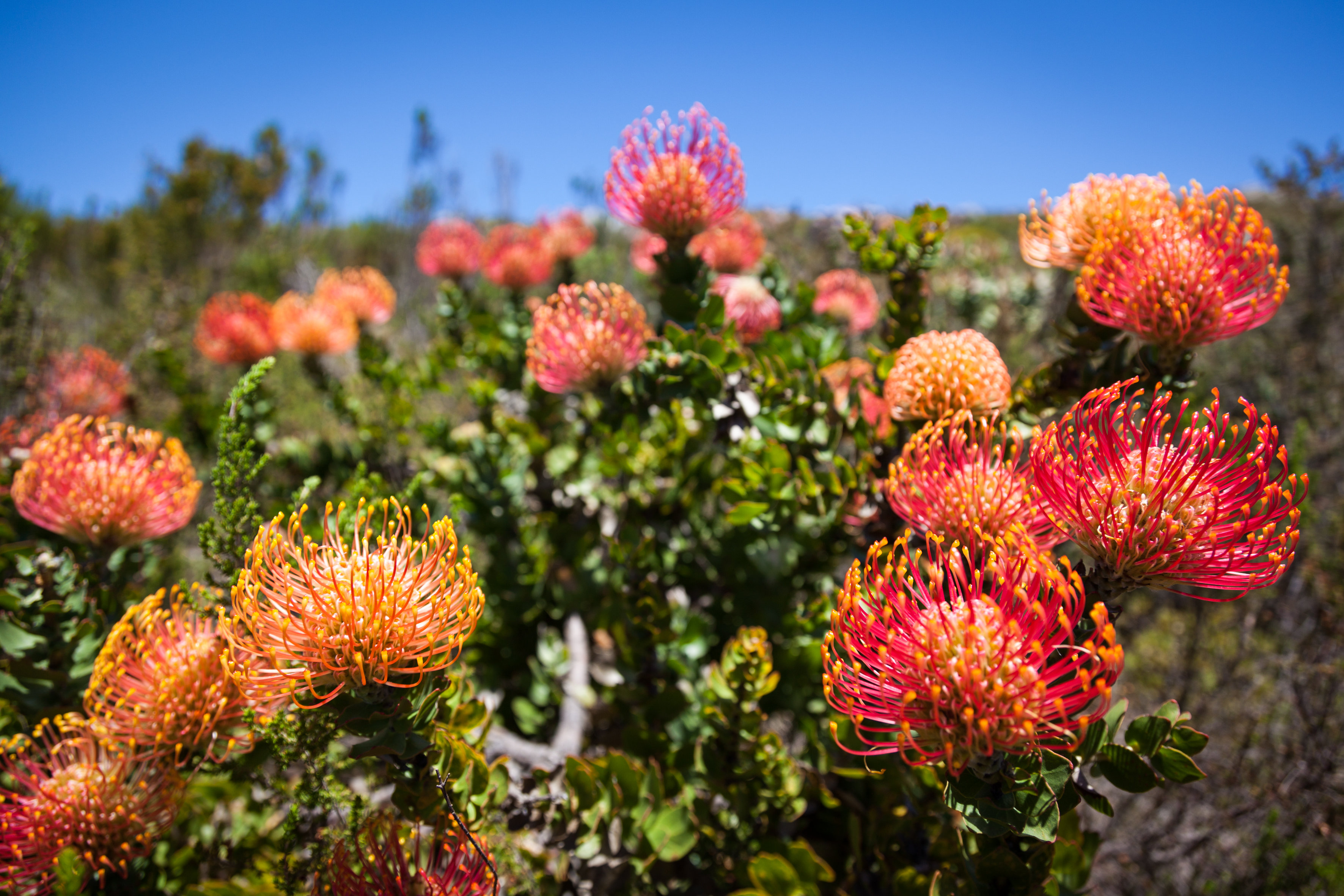
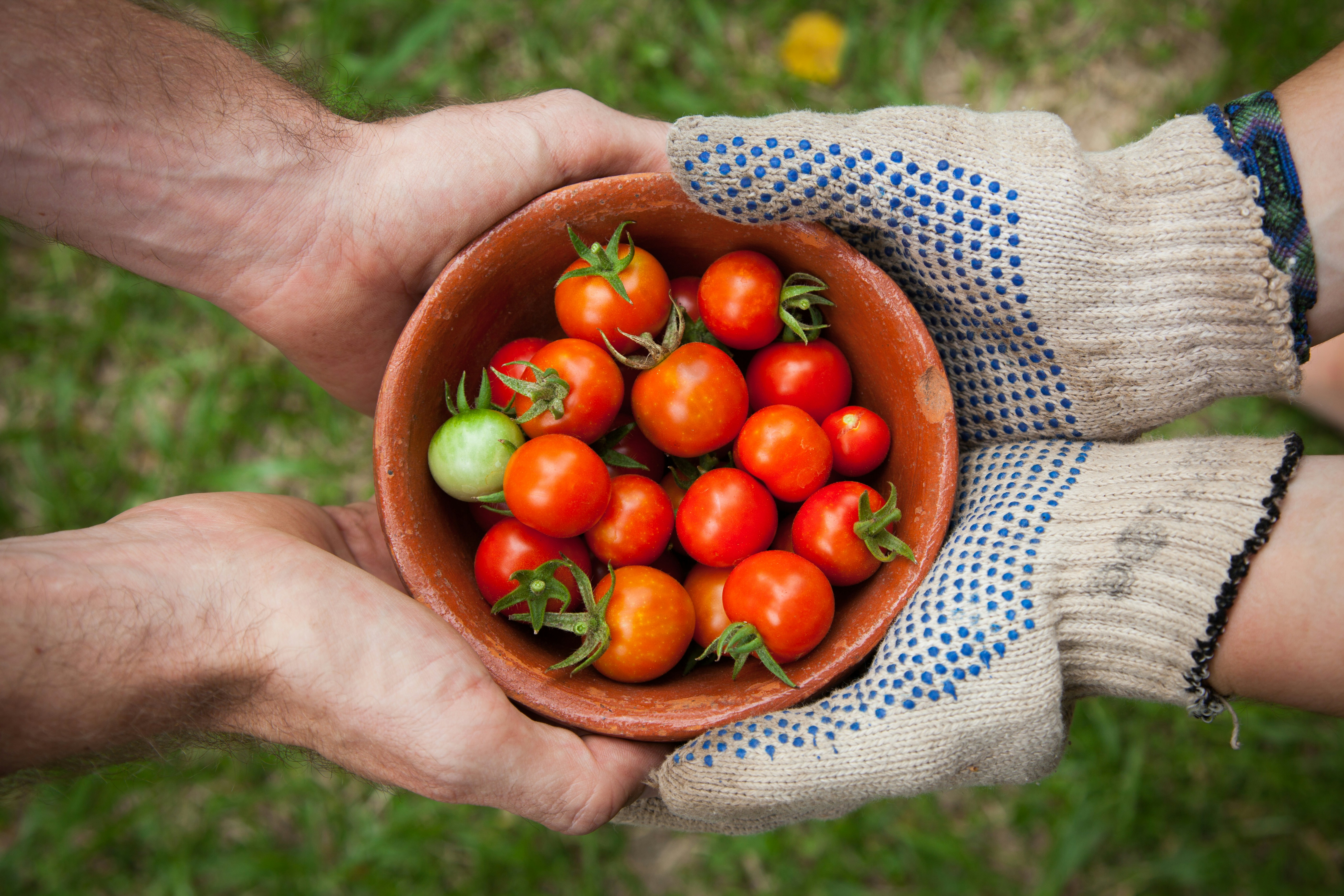
The five Elim winegrowers who comprise the Elim Wine Ward are part of this powerful partnership with government stakeholders who share a common vision to conserve the Agulhas Plain that is home to one of the richest biodiversities in the world. Game such as gemsbok, eland and buffalo that once roamed this plain like in the Serengeti, are now being resettled in this area as part of an ongoing conservation-related eco-tourism project to ensure the financial viability of the area. A buffalo tour is part of the Nuwejaars activities. Other responsible eco-tourism activities include bird hides that have been constructed along the wetlands and vlei-areas, hiking trails, fynbos tours and game drives to show off the wildlife unique to the Agulhas Plain and the Special Management Area.


